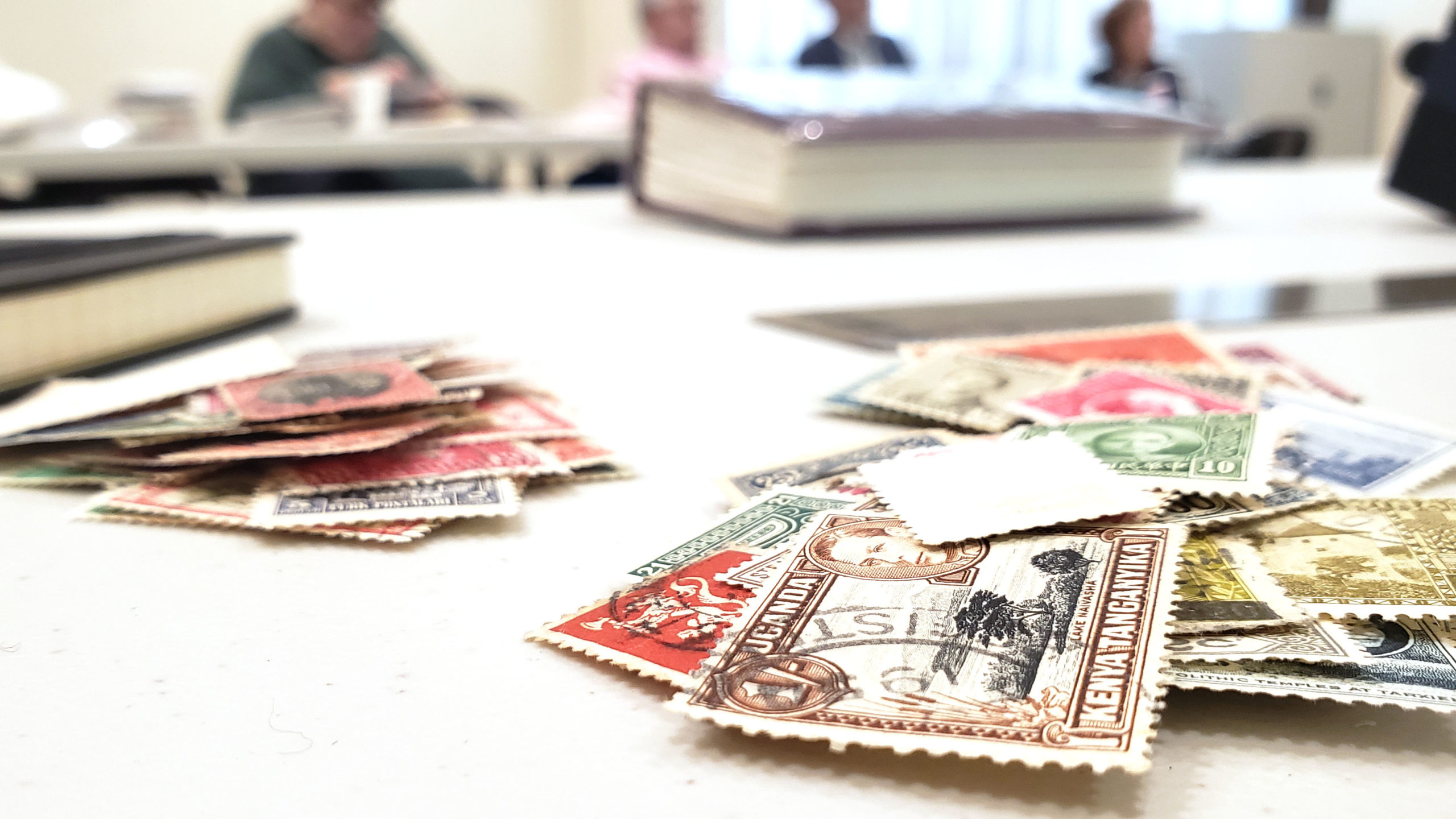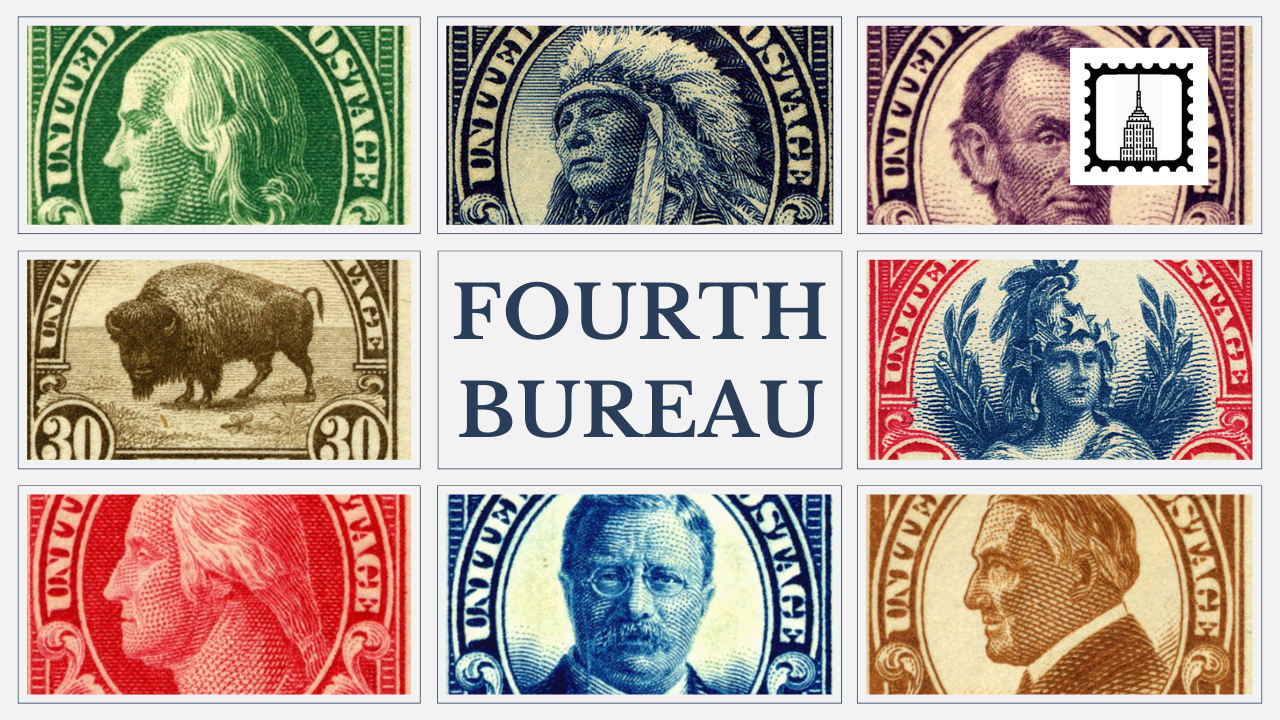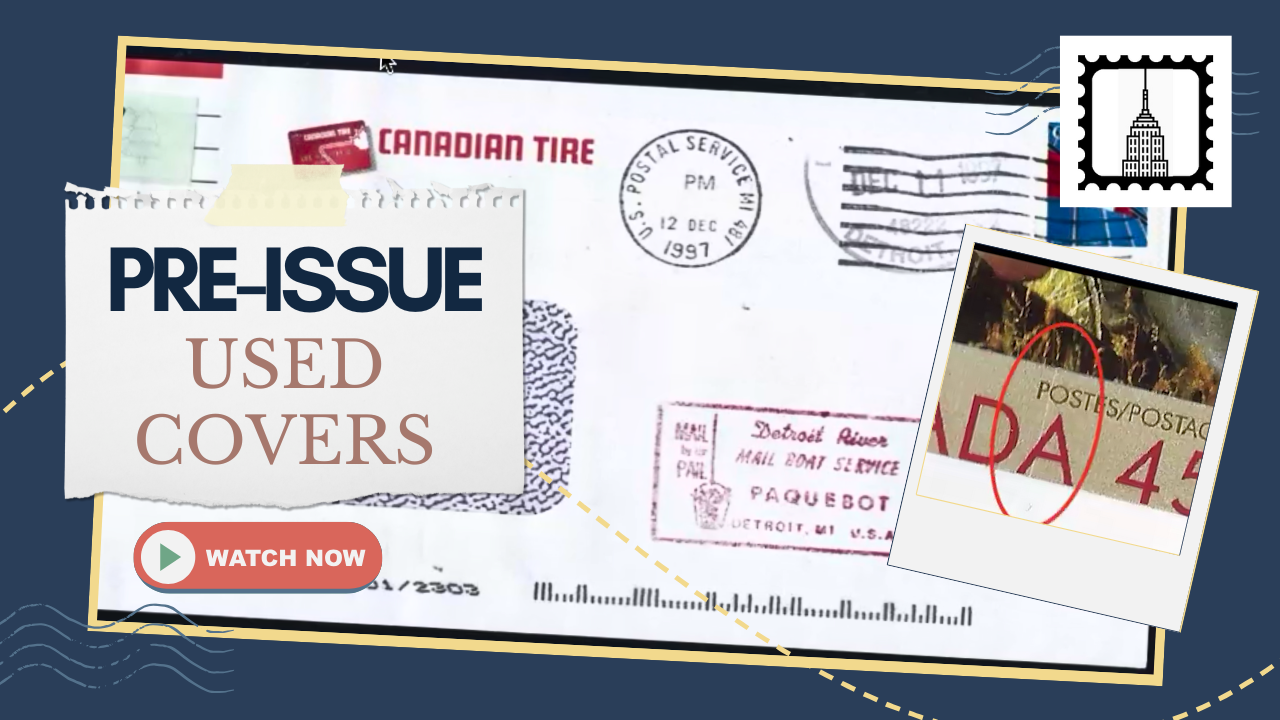Presentation by Arnie Janson
Before the advent of registered mail, sending valuable items like currency or important documents through the postal system was fraught with risk. In Canada, a unique solution emerged in the early 19th century: the use of money letters. These special letters were marked and handled differently to ensure their safe delivery. This blog explores the fascinating history of money letters in Canada, their evolution from simple manuscript notations to standardized handstamps, and the intriguing stories behind some notable examples.
What Were Money Letters?
Money letters were the precursors to modern registered mail in Canada. Introduced around 1825, although possibly earlier without documented evidence, they were based on a system adopted from the United Kingdom. These letters typically contained banknotes, currency, or other valuable items. To signal their importance and need for careful handling, they were marked distinctly and followed specific procedures during transit.
Early Forms: Manuscript Markings
Initially, the identification of money letters was straightforward and manual. Senders would write “Money” or “Money Letter” on the cover. Sometimes, they used terms like “Cash” or “Cash Letter,” or simply drew a large “M” on the envelope. These manuscript markings served as a visual cue to postal workers that the letter contained valuables and required extra care.
For instance, a letter addressed to the Receiver General in Kingston bore “Money” at the top and was marked with a postage of one shilling and ten pence (1/10). The use of black ink indicated that the postage was to be collected upon delivery rather than prepaid. This particular letter, sent before Canada became a confederation, also featured a Saint Catharines double split ring cancel, albeit with a misspelling of “Catharines” and an inverted month and date.
Introduction of Brass Handstamps
By 1831, to standardize the process and reduce reliance on handwritten notations, brass handstamps were introduced. These handstamps provided a consistent way to mark money letters, making them easily recognizable throughout the postal system. There were officially six different types of money letter handstamps, classified as RH1 through RH6, each with unique characteristics such as font style and size.
An example of a letter with an RH1 handstamp comes from Perth, addressed to the Secretary of the Brockville Lodge of Freemasons. The letter included five shillings for a copy of a delivered sermon and had the “Money Letter” handstamp prominently displayed. Interestingly, it lacked a “Paid” marking, but the use of red ink indicated that the postage was prepaid.
The Advent of Letter Bill Numbers: Early Tracking
As the volume of money letters increased, the postal system introduced letter bill numbers, which functioned as early tracking numbers. The postmaster would assign a unique number to each money letter. When dispatching mail, they included a list of these numbers, ensuring that every valuable item was accounted for during transit. Bundles of mail were often tied with string, and the inclusion of these numbers added a layer of security and traceability.
Postal Rates and Regulations
At the time, postal rates were calculated based on the weight of the letter and the distance it needed to travel. Sending a money letter did not incur extra postage unless the added weight of the currency increased the overall weight category. There was no insurance against loss, so trust in the postal system was paramount. Recipients were required to sign a receipt upon collecting their money letters, providing an additional level of accountability.
In 1843, a significant regulation came into effect requiring postmasters to backstamp letters. They were instructed to make a legible impression of their office’s stamp on the back of each letter upon receipt. This practice allowed for better tracking of mail and ensured that the actual date of reception at each office was recorded.
Transition to Registered Mail
By the 1850s, the concept of registration was formally introduced, offering a more secure and standardized method for sending valuable items. Registration provided official documentation and, eventually, insurance for mailed items. This transition marked the beginning of modern registered mail services in Canada, rendering the money letter system obsolete over time.
Notable Examples of Money Letters
Several fascinating examples of money letters illustrate the evolution and diversity of this system.
Type RH2 Handstamp
A letter featuring the RH2 handstamp also included manuscript markings and a large “M” in the center, emphasizing its importance. Addressed to the Commissioner of Crown Lands in Toronto from Bytown (now Ottawa), this letter was marked “Free.” The postmaster, G.W. Baker, had initialed it, utilizing a rule that allowed postmasters to send up to one page of weight for free. Despite this, the letter contained more than two pages and included a partial payment for land, showcasing some flexibility in the system.
Type RH3 Handstamp
The RH3 handstamp is unique due to its boxed shape. An example of its use is on a letter marked “Too Late,” indicating it missed the day’s mail dispatch. Sent from the Bank of the People in Montreal to Mr. D.Z. Kennedy on Wall Street in New York, it exemplifies cross-border communication involving valuable contents. Mr. Kennedy was a frequent recipient of Canadian mail, and many such covers have become valuable collectibles.
Type RH4 Handstamp
An RH4 handstamp, characterized by a larger font, appears on a letter from Kingston to Montreal. This letter was prepaid and also marked “Too Late.” Notably, it bears a Quebec backstamp from 1842, predating the official backstamping regulation by a year. This suggests that some post offices were proactive in adopting practices to improve mail tracking even before official mandates.
Type RH5 Handstamp
The RH5 handstamp stands out for its sans-serif font, resembling modern Helvetica. An example from Brantford to Toronto was prepaid at a triple rate, likely due to increased weight or distance. This shows the application of postal rate calculations and the continued use of money letters even as the system was evolving toward registration.
The Curious Case of Alexander Hamilton
One of the most intriguing stories associated with money letters involves Alexander Hamilton—not to be confused with the American founding father. Hamilton was a prominent figure in early Canadian history, and a money letter connected to him opens a fascinating window into the past.
Background
Alexander Hamilton was the fourth son of Robert and Catherine Hamilton. Catherine is the namesake of the city of St. Catharines in Ontario. Robert Hamilton was a successful businessman and the founder of Queenston, owning substantial land in the Niagara region.
The Money Letter
Dated February 20, 1840, the letter in question was sent from Queenston to the Registrar of the Court of Probate in Toronto. It contained documents related to Alexander Hamilton’s will, sent exactly one year after his death on February 19, 1839. The timing suggests adherence to legal requirements for probate proceedings.
A Postmaster and Executioner
Hamilton held several notable positions: he served in the War of 1812, was the first mayor of Queenston, and acted as the postmaster. His story takes a dramatic turn during the events following the Short Hills Raid in 1838. A group of American patriots crossed into Canada, attempting to incite rebellion against British rule. When the raid failed, the captured leaders were sentenced to death.
When the official executioner failed to appear to carry out the sentence of James Morreau, one of the raid’s leaders, Hamilton stepped in to perform the execution himself on July 30, 1838. He arranged for Morreau to drop 18 feet to ensure a swift death, an act considered a kindness at the time. Hamilton was later commended by the governor for the “cool and fair manner” in which he conducted the execution.
This unusual combination of roles—as both postmaster and executioner—makes Hamilton a unique figure in Canadian history.
Conclusion
The history of money letters in Canada reflects a period of innovation and adaptation within the postal system. From simple handwritten notations to the use of standardized handstamps and the introduction of early tracking methods, money letters were a critical step toward the development of secure mail services. They highlight the challenges of transporting valuable items in an era before modern security measures and underscore the trust placed in postal workers.
The stories associated with money letters, such as that of Alexander Hamilton, enrich our understanding of this historical period. They offer glimpses into the lives of individuals who shaped Canada’s early development and the evolving practices that laid the groundwork for today’s postal services.






